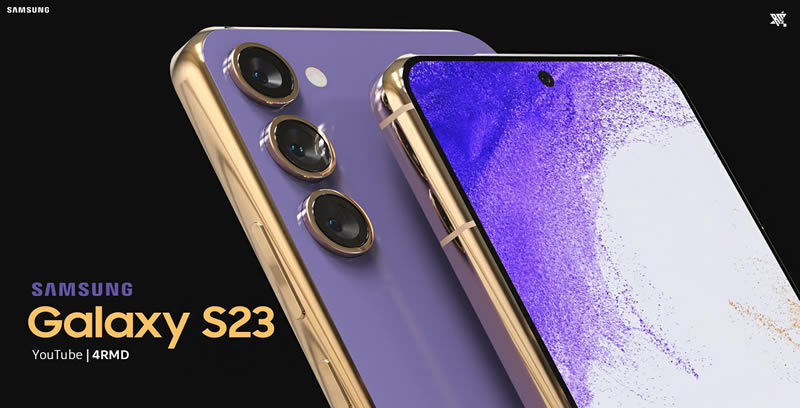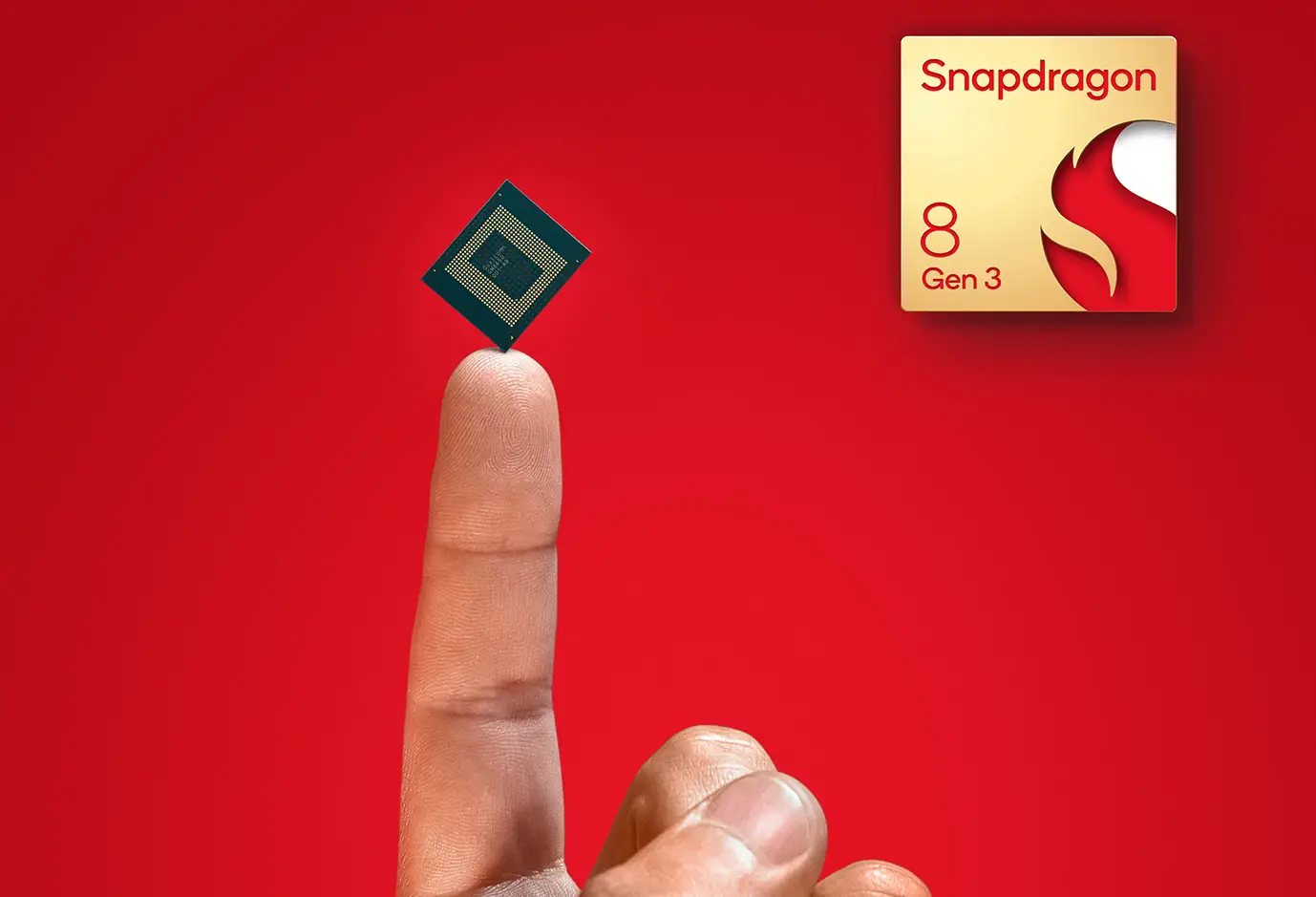
The Qualcomm Snapdragon 8 Gen 3 chipset launched last October. If you're curious about the Snapdragon 8 Gen 4 and when it will launch, Qualcomm has essentially confirmed in a video on X that the Gen 4 will launch this October.
This was revealed by Qualcomm's CMO Don McGuire who said that the Snapdragon Summit will take place in October. McGuire does explicitly mention the Snapdragon 8 Gen 4, but since the company usually uses the event to announce new products, it's not that surprising.
McGuire also talks about the new Oryon CPU that will probably make its way into the Gen 4. While smartphone hardware has peaked, we are still pretty excited for the Gen 4. The rumors are claiming that it will be built on TSMC's 3nm process and it will see insane clock speeds.
There was a leaked benchmark in January where it showed the Snapdragon 8 Gen 4 beating out Apple's A17 Pro. So that's promising. Unfortunately, there have been other rumors claiming that the chipset could be more expensive. Unless smartphone makers were to absorb these costs, there's a chance that 2025 flagship phones could get more expensive.
In any case, October is still quite a long ways to go. Be sure to check back with us later if you'd like to learn more about the Snapdragon 8 Gen 4 launch!

This year's flagship smartphones are mostly going to be powered by the Qualcomm Snapdragon 8 Gen 3. Next year, we expect them to be powered by the Snapdragon 8 Gen 4, and that will definitely be a chipset to look forward to, especially if the leaked benchmarks are any indication of its performance.
According to Geekbench 6 benchmarks, the Snapdragon 8 Gen 4 will be an absolute beast of a chipset. It scores 2,845 on single-core and 10,628 on multi-core. For context, the Snapdragon 8 Gen 3 scored 7,249 on multi-core, and Apple's 3nm A17 Pro scored 7,281. This means that the Snapdragon 8 Gen 4 is going to be much more powerful.
Of course, take this with a grain of salt since it's hard to tell if this is the real deal. Also, Apple's A18 chipset this year could possibly beat the Snapdragon 8 Gen 4's scores or come close. But for now, on paper at least, the Snapdragon 8 Gen 4 is going to be a monster and that's something to look forward to.
It was previously reported that someone got their hands on an engineering sample of the Snapdragon 8 Gen 4. This device managed to run Genshin Impact for up to 45 minutes at 1080p while maintaining 60 fps. If that is true, the Snapdragon 8 Gen 4 could be great for sustained periods of gaming. It's too early to get excited for the chipset, but it will be interesting to see how the competition fares.
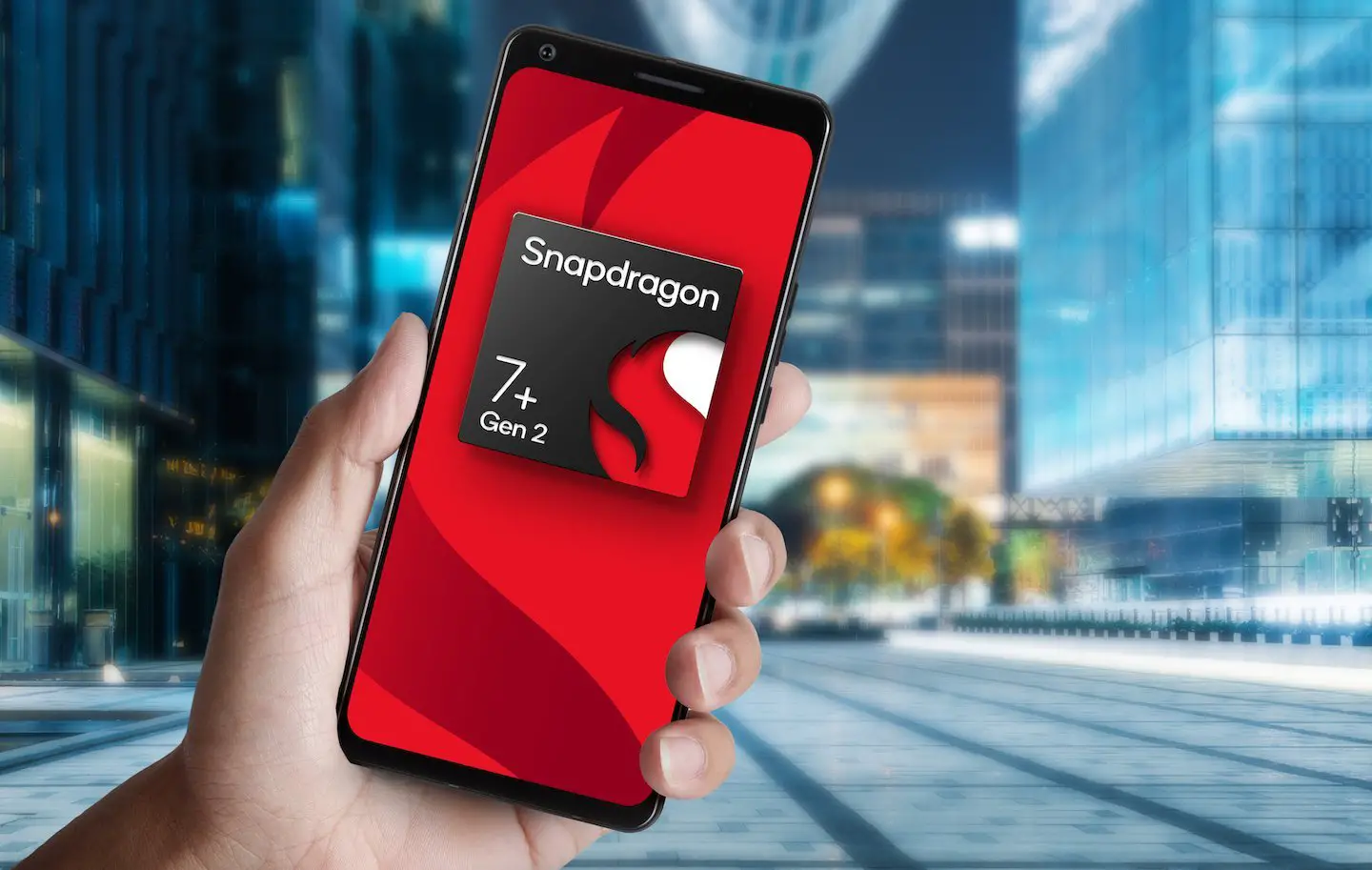
The Qualcomm Snapdragon 8 series of chipsets represents the best the company has to offer. The Snapdragon 7 series, on the other hand, are designed by Qualcomm and target mid-range handsets. For the most part, the Snapdragon 7 series offers pretty decent performance, but the upcoming new model could turn things on its head.
A post on Weibo by user Digital Chat Station has revealed that Qualcomm has a new Snapdragon 7 series in the works. The chipset will likely bear the name "Snapdragon 7 Plus Gen 3" and may incorporate some of the new architecture from the Snapdragon 8 Gen 3.
The Snapdragon 8 Gen 3 currently features a core architecture that consists of two low-power cores, five performance cores, and a single prime Cortex-X4 core. If the Snapdragon 7 Plus Gen 3 adopts a similar architecture, we could be looking at some insane boosts in performance levels!
The GPU could also be seeing improvements, making mid-range phones using the Snapdragon 7 Plus Gen 3 more feasible for gaming. This is just a rumor at this point. Qualcomm has not announced anything regarding a new Snapdragon 7 series chipset. The last time we saw the Snapdragon 7 Plus Gen 2 was in March 2023, so it will most likely be around the same time this year that the new model could debut.
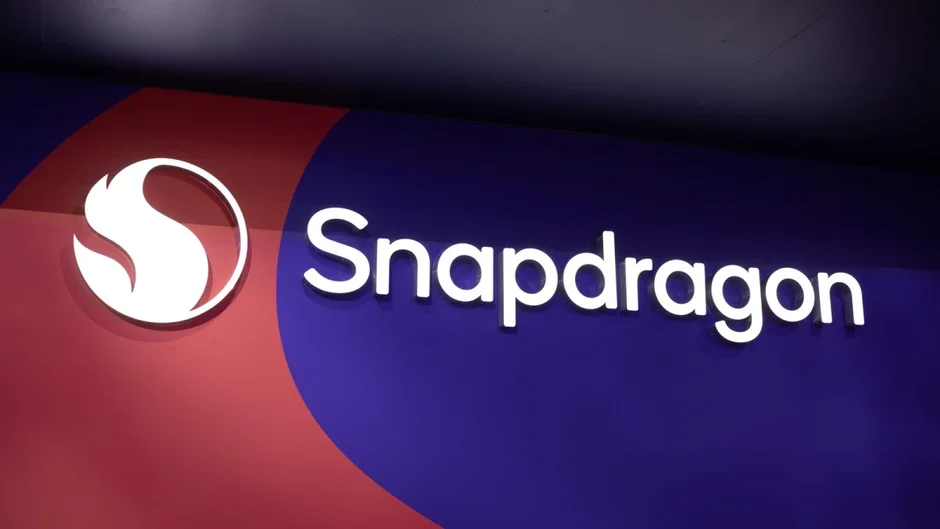
Introduced this past January, Qualcomm and Iridium surprised the mobile industry at the end of last week by announcing the end of Snapdragon Satellite without having one Android phone manufacturer sign on the dotted line. Snapdragon Satellite was expected to be used by Android manufacturers as a way to match the iPhone 14 and iPhone 15's Emergency SOS via Satellite feature.
Qualcomm and Iridium end the partnership that resulted in Snapdragon Satellite
Announced last year one day after Huawei unveiled a similar feature for its Mate 50 series, Emergency SOS via Satellite allows someone with a compatible iPhone model to report an emergency even in areas where there is no cellular connectivity. The iPhone screen helps show the user where to position the device to connect with a satellite; information about the emergency is texted to emergency services who dispatch first responders. The feature has already been credited with saving some lives.
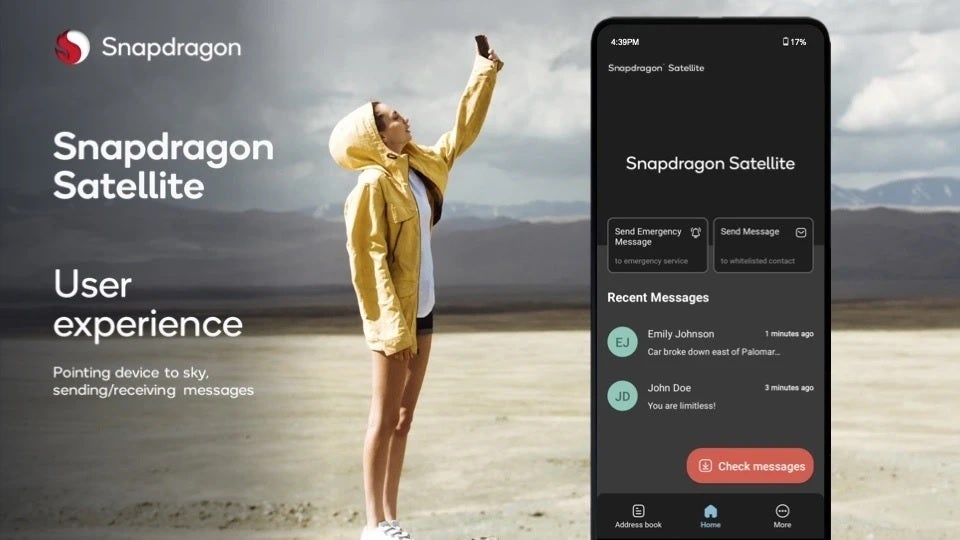
Snapdragon Satellite was set to work with Iridum's satellite constellation and both Qualcomm and Iridium have announced the end of their partnership starting on December 3rd. This action effectively ends Snapdragon Satellite, at least for now. In its press release, Iridium notes that the decision to end the partnership is due to one huge factor: no business. As the satellite firm wrote, "The companies successfully developed and demonstrated the technology; however, notwithstanding this technical success, smartphone manufacturers have not included the technology in their devices."
Where this leaves Samsung is unclear. Last month, John Yong-In Park, head of Samsung Electronics SLSI Business Division, said during the 2023 Semiconductor Expo (SEDEX) keynote that 2024 Samsung Galaxy phones will offer satellite connectivity. He did not mention any specific models, but it was believed that the Galaxy S24 line might be Samsung's first phones to offer emergency satellite connectivity.
Last February, chipmaker MediaTek announced its MT6825 chipset that offers satellite connectivity for Android smartphones through Bullitt's Satellite Connect platform. The chipset supports two-way satellite messaging, location sharing, and emergency SOS. Last year, T-Mobile announced that it would team up with Elon Musk's Starlink to cover areas with no cellular coverage with satellite connectivity allowing users to send and receive SMS and MMS messages.
Android manufacturers are expected to turn to standards-based solutions to create a new satellite-to-phone platform
Iridium CEO Iridium Matt Desch, talking about the end of his firm's partnership with Qualcomm, said, "While I'm disappointed that this partnership didn't bear immediate fruit, we believe the direction of the industry is clear toward increased satellite connectivity in consumer devices. Led by Apple today, MNOs and device manufacturers still plan, over time, to provide their customers with expanded coverage and new satellite-based features, and our global coverage and regulatory certainty make us well suited to be a key player in this emerging market. User experience will be critical to their success, and we've proven that we can provide a reliable, global capability to mobile users."
Qualcomm also commented by stating that the lack of Snapdragon Satellite to sign a deal with any Android manufacturers "indicated a preference towards standards-based solutions" to be used to support smartphone-to-satellite connectivity. "We expect to continue to collaborate with Iridium on standards-based solutions while discontinuing efforts on the proprietary solution that was introduced earlier this year," Qualcomm said.
With a standards-based solution, several companies could get together to create the technology to allow Android handsets to offer emergency satellite connectivity.
As we noted earlier in the story, Huawei last year became the first phone manufacturer to offer satellite connectivity for emergencies and beat out Apple by one day. This year, the new Mate 60 line reportedly offers users the opportunity to make satellite calls using the new flagship phones. This could be considered an improvement over the technology used by Apple which is limited to text-based communications.
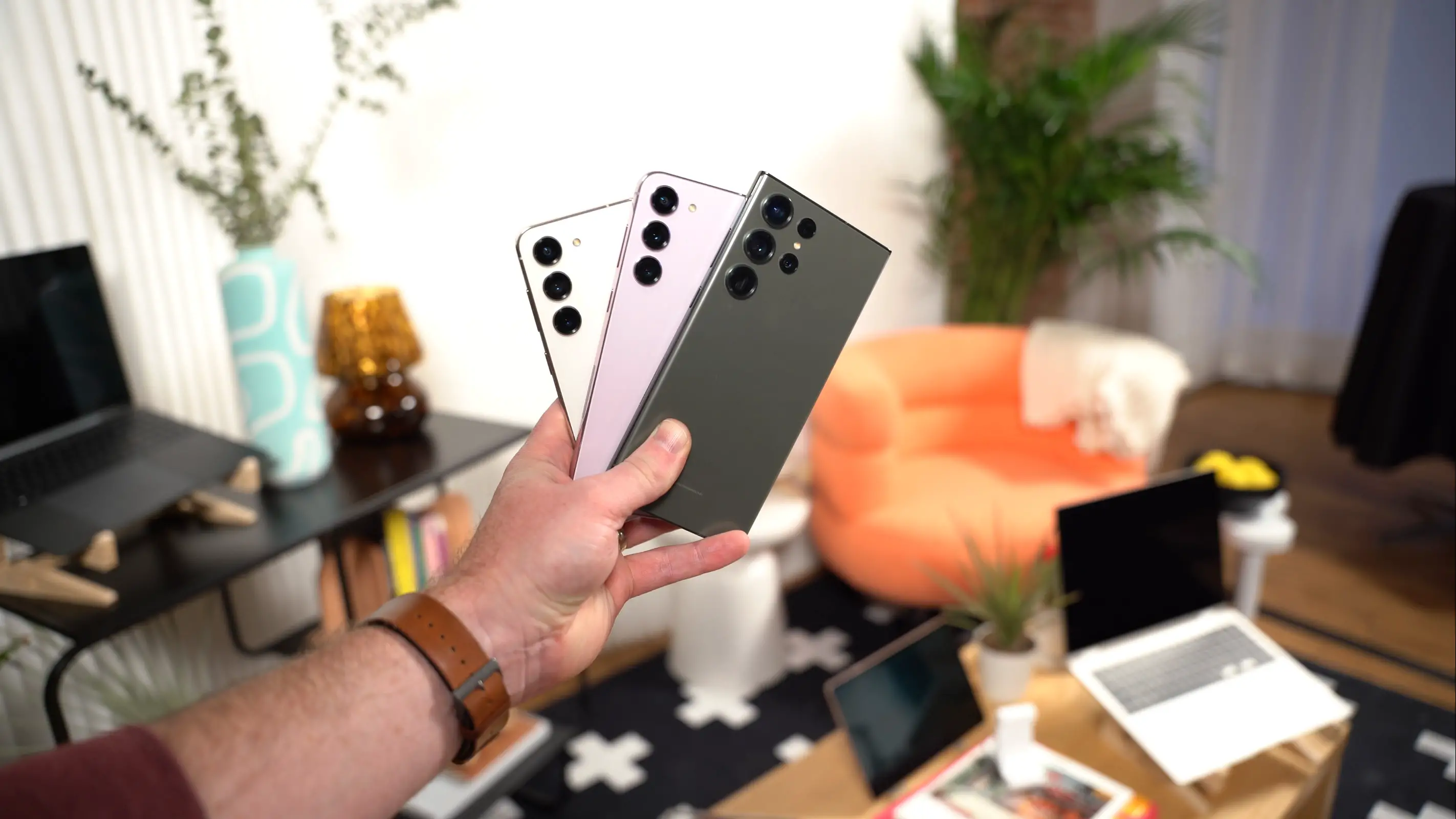
The Samsung Galaxy S23 series is probably one of the best Android smartphones of 2023, especially if you live in a region in which past Samsung flagship launches would leave you stuck with an Exynos chipset while everyone else got the "better" Qualcomm variant.

Unfortunately, the rumors have been claiming that Samsung is expected to return to its two-chip strategy with the Galaxy S24 series. For those hoping the rumors aren't true, that might seem like a pipe dream because Qualcomm's CEO Cristiano Amon has seemingly confirmed it.
During a recent conference call, Amon stated that the Galaxy S24 series will be released soon and that "Qualcomm has the majority market share". Unless Amon was simply talking about Qualcomm's market share as a whole, this would suggest that Samsung will be releasing the Galaxy S24 in both Exynos and Qualcomm variants.
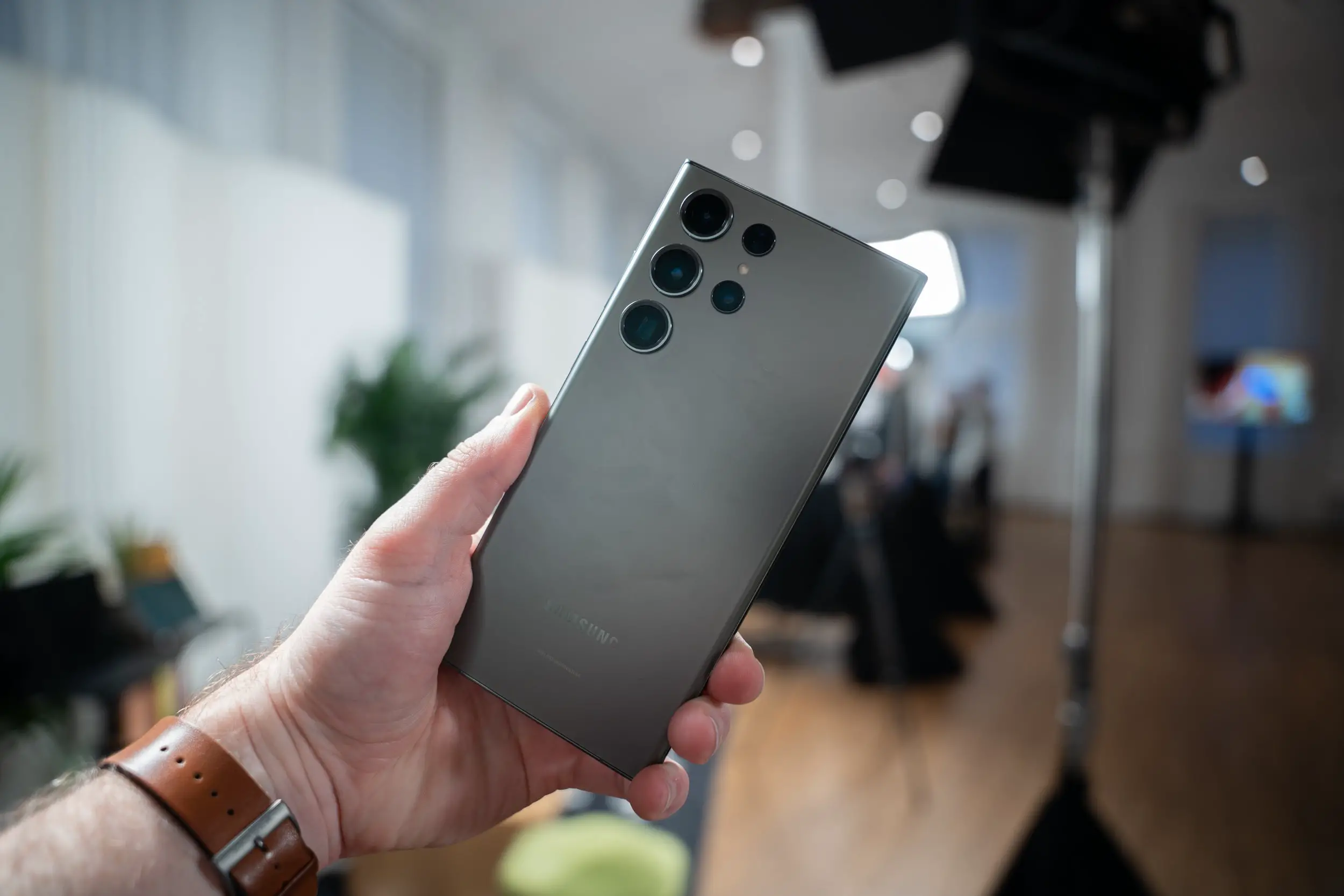
Regions like the US will be getting the Qualcomm Snapdragon 8 Gen 3 chipset, while other regions like those in Asia will be getting the Exynos version, which at this point in time has been rumored to be the Exynos 2400. The Galaxy S24 series is expected to be announced in early 2024, possibly in January, so check back with us in the coming months for the details.
© 2023 YouMobile Inc. All rights reserved
